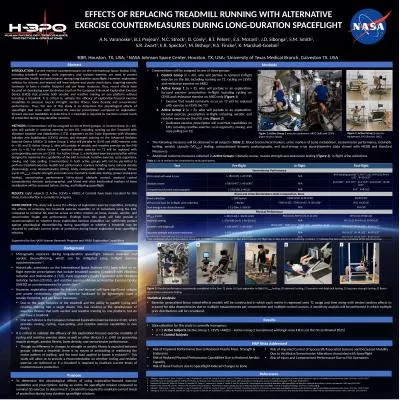PPT-History of Spaceflight
Author : olivia-moreira | Published Date : 2017-06-18
First documented attempt at spaceflight in 1500 in China Wan Hu China Fireworks rockets strapped to chair Most math and physics used in spaceflight was developed
Presentation Embed Code
Download Presentation
Download Presentation The PPT/PDF document "History of Spaceflight" is the property of its rightful owner. Permission is granted to download and print the materials on this website for personal, non-commercial use only, and to display it on your personal computer provided you do not modify the materials and that you retain all copyright notices contained in the materials. By downloading content from our website, you accept the terms of this agreement.
History of Spaceflight: Transcript
Download Rules Of Document
"History of Spaceflight"The content belongs to its owner. You may download and print it for personal use, without modification, and keep all copyright notices. By downloading, you agree to these terms.
Related Documents

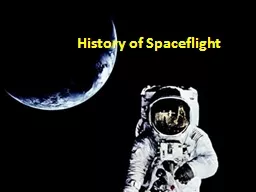

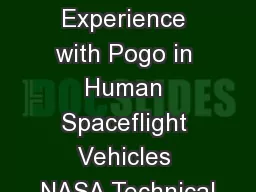
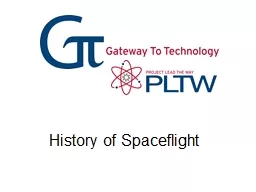
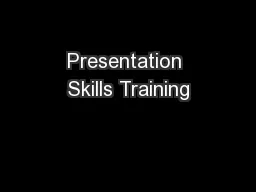
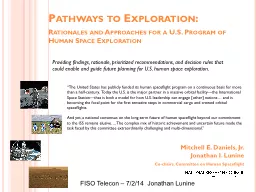
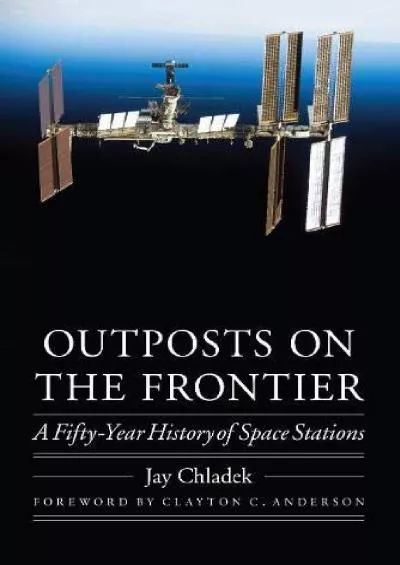
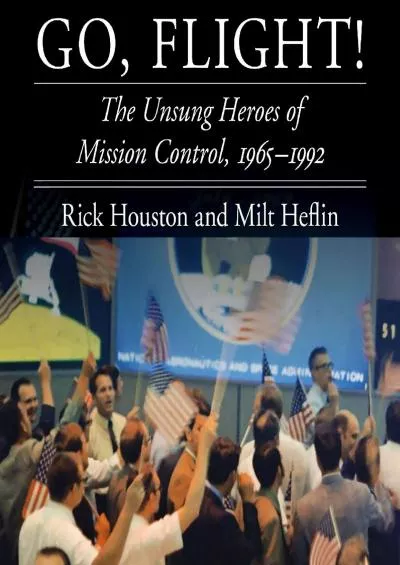
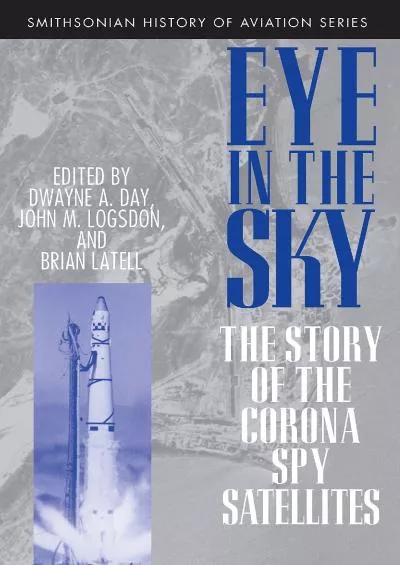
![[EBOOK]-Outposts on the Frontier: A Fifty-Year History of Space Stations (Outward Odyssey:](https://thumbs.docslides.com/956462/ebook-outposts-on-the-frontier-a-fifty-year-history-of-space-stations-outward-odyssey-a-people-s-history-of-spaceflight.jpg)
![[EBOOK]-Spaceflight: A Concise History (The MIT Press Essential Knowledge series)](https://thumbs.docslides.com/957374/ebook-spaceflight-a-concise-history-the-mit-press-essential-knowledge-series.jpg)
![[DOWNLOAD]-Outposts on the Frontier: A Fifty-Year History of Space Stations (Outward Odyssey:](https://thumbs.docslides.com/957429/download-outposts-on-the-frontier-a-fifty-year-history-of-space-stations-outward-odyssey-a-people-s-history-of-spaceflight.jpg)
![[DOWNLOAD]-Moon Lander: How We Developed the Apollo Lunar Module (Smithsonian History](https://thumbs.docslides.com/958087/download-moon-lander-how-we-developed-the-apollo-lunar-module-smithsonian-history-of-aviation-and-spaceflight-paperback-633d2715d936b.jpg)
